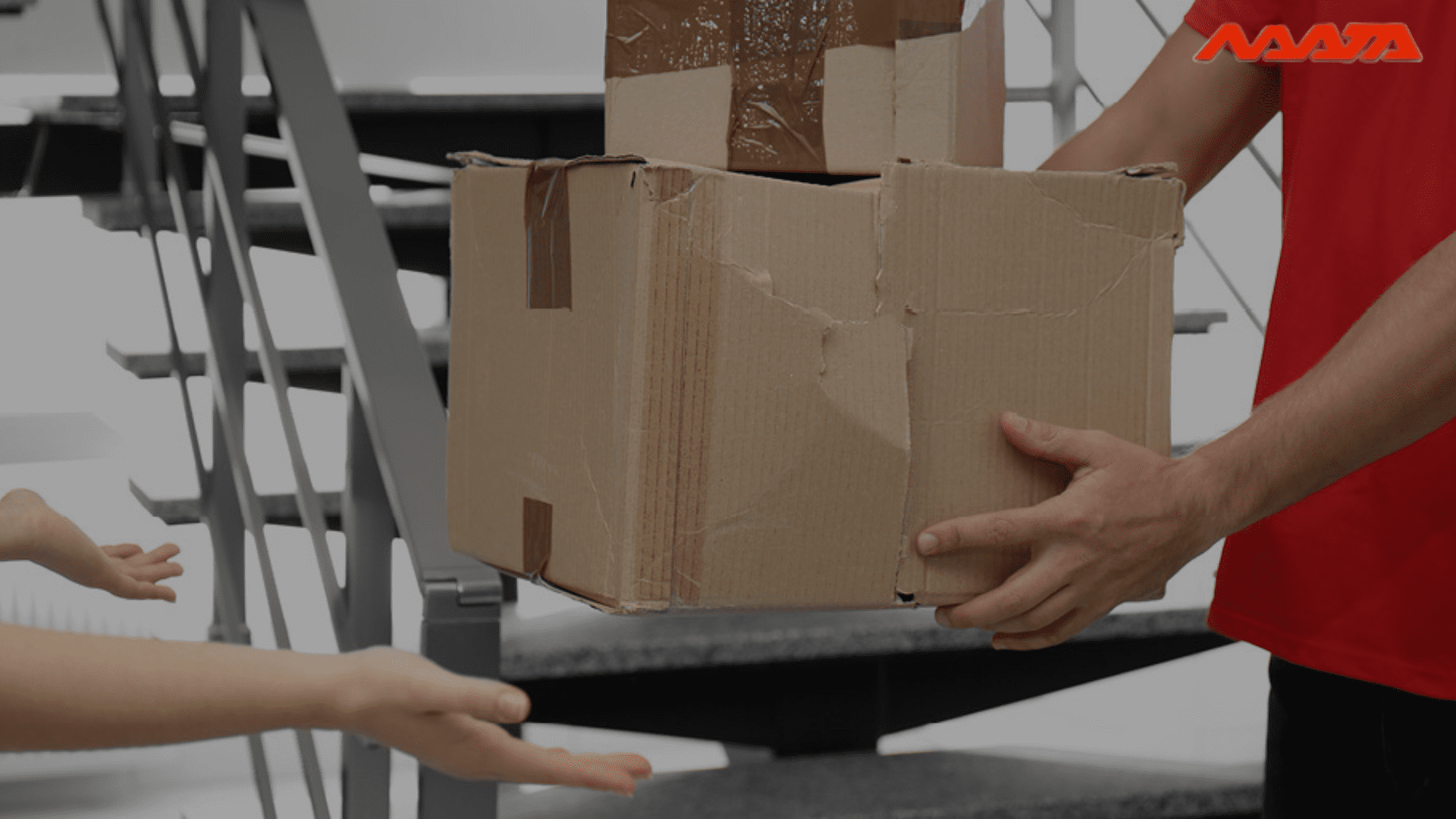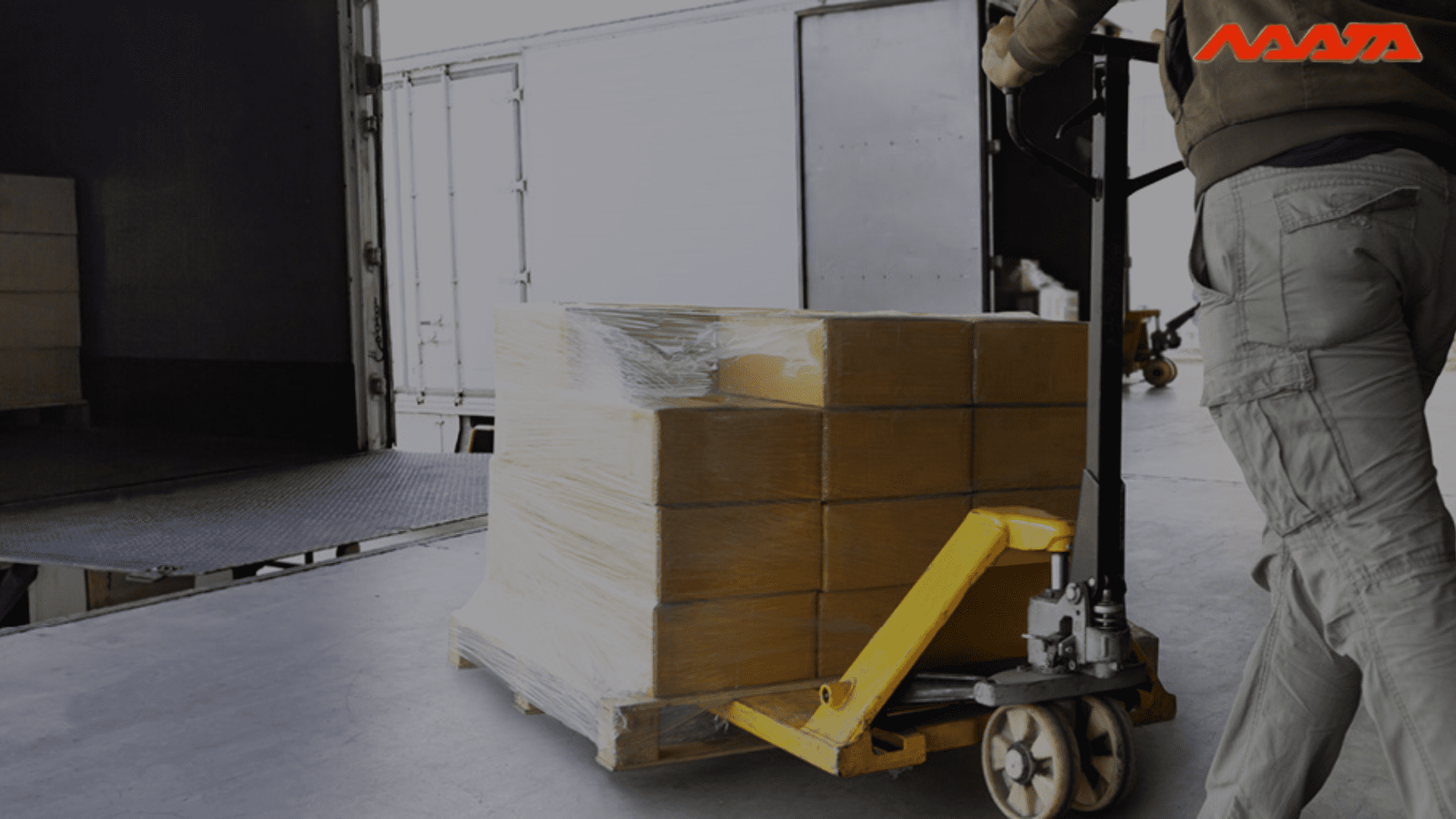6 Types of Freight Claims and Tips for Managing Shipping Claims
Table of Contents
Types of Freight Claims
When a shipper or consignee seeks financial compensation for a shipment’s loss or damage, it is known as a Freight claim. Shipping claims, cargo claims, transportation claims, and loss and damage claims are all variations on the theme of freight claims.
In logistics, freight claims may arise between the carrier and the client, but what is a freight claim in the context of logistics? A freight claim is a formal request to a carrier for cash compensation for the loss or damage to a cargo that has been made by a shipper or a consignee. It’s not uncommon to hear the terms “loss and damage” or “shipping claim” used while discussing freight claims.
There are 6 sorts of freight claims that you will have to file as a normal shipper. Prior to filing a freight claim, the more information you have, the more likely it is that the claim will be processed and paid for in a timely manner, and the less time you will have to spend processing them.
You Might Also Like To Read: What Is Freight Forwarding: Meaning, Principles & Types
Damage Claim
As the most prevalent occurrence and the most self-explanatory, this is the one to watch out for. Damage claims may be made if the goods arrive at the recipient with defects that were not present when it was sent. There are several reasons why this sort of claim may arise, from the carrier’s inability to secure the freight during transport to the trailer being overloaded with debris from a prior cargo. It’s necessary that the freight be clearly damaged upon arrival in order to make a damage claim.
Concealed Damage Claim
After delivery, it’s impossible to tell whether a package has been damaged since it’s not noted on the POD. It’s difficult to substantiate hidden damage claims since they’re more difficult to prove.
You only have five days to make a hidden damage claim, so get in touch with your shipper right once. If you wait more than 5-10 days before filing a claim, the shipping company will almost certainly dismiss your request. Your chances of receiving a partial refund will be increased if you provide images and other documentation with your claim.

Shortage Claim
Some forms of freight claims might result in shortages if anything falls out or if the bill of lading contains an inaccuracy. In other words, you have a shortfall if just a portion of the freight specified on the bill of lading makes it to you, regardless of the other possible explanations.
Because of this, it is imperative that you check the delivery receipt issued by the driver at the time of delivery when you get the freight. The carrier’s delivery receipt should describe any irregularities. The freight driver has to sign off on all copies in order to recognize your note.
You Might Also Like To Read: 6 Effective Ways to Reduce Shipping Costs
Concealed Shortage Claim
When a missing product isn’t indicated on your POD, it’s not immediately apparent that you’re short until after delivery, similar to a disguised damage claim. Concealed shortfalls are difficult to detect since the packaging is generally intact and the delivered freight does not match what was listed on your BOL.
Carriers typically push back on reports of hidden shortages since they are difficult to substantiate. Time is of importance when it comes to hidden claims. To notify your shipper of the shortfall, you must do so within the next five business days. Your carrier will reject your claim if you wait more than five days to file it.
Refused Claim
When a shipment arrives, it may be the incorrect freight, the wrong merchandise, or it may be late. Consignees have the option of rejecting all or part of their cargo if they are dissatisfied with its condition.
It is returned to the delivery terminal of your carrier if the recipient refuses to accept the cargo. If you wish your LTL business to handle your cargo, they will contact you. You may have it returned to you, forwarded to another location, or disposed of. You won’t have to pay your bill in the majority of circumstances.
You Might Also Like To Read: What is Warehouse Management System
Loss Claim
This sort of claim occurs when the merchandise that was placed into the carrier does not arrive at the intended destination. When you have adequate evidence and the original bill of lading, it’s simple to make your claim legitimate. A simple claim to establish if there is confirmation that a carrier was delivered with the merchandise and no documentation of a delivery document was ever signed. The loss claim is an open-and-shut case if sufficient paperwork and precise records are maintained.

Tips for Managing Shipping Claims and Minimizing the Impact
To be a successful freight carrier, you want to prevent claims and minimize their effect when they do arise. Managers and supervisors may achieve success in this endeavor by following a few key measures. Included are:
- When it comes to choosing a freight carrier, quality is more important than pricing.
- In order to minimize the risk of damage in transit, package your goods carefully.
- Shipments should be well marked and specific delivery instructions should be given.
- Use delivery receipts and other paper trails to keep track of any difficulties that have been encountered.
- At the time of delivery, ask the carrier to check the freight and sign off on the deliveries.
- The use of contemporary tools and technology in a TMS will allow you to trace all stages of transportation and handle claims in a single location.
Shipping claims and reports may have a significant influence on the supply chain and must be dealt with in a professional manner. Check out our beginner’s guide to efficient freight claim handling for additional details.

Thanks For Reading: 6 Types of Freight Claims and Tips for Managing Shipping Claims
Powered By 360Presence




